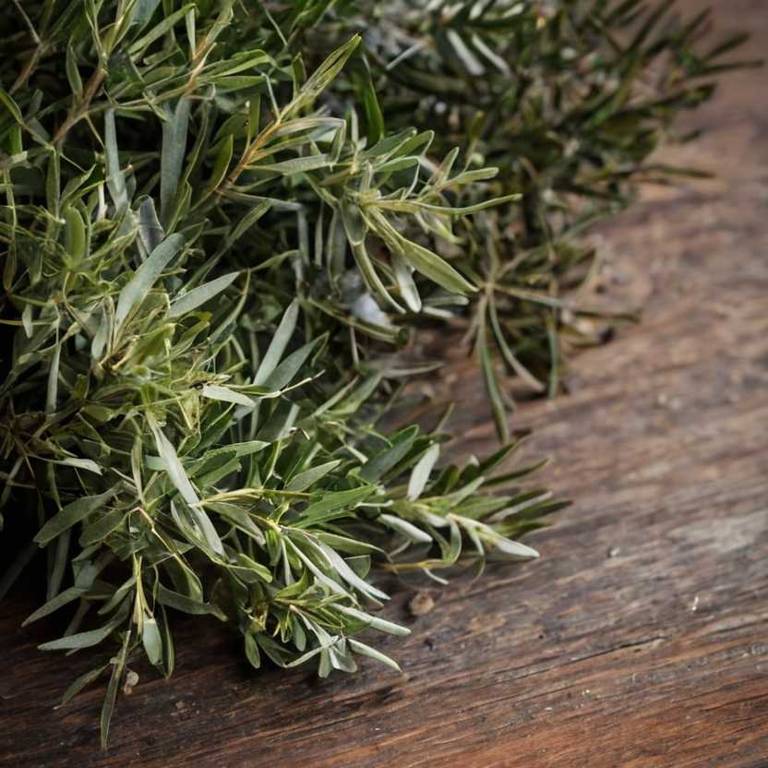Melaleuca Leucadendron: What To Know Before Using It For Medicinal Purposes

Melaleuca leucadendron, commonly known as the white bottlebrush, is a species of the Melaleuca genus native to Australia.
It has been traditionally used in Indigenous Australian medicine for its antimicrobial and anti-inflammatory properties. The plant's leaves and flowers contain compounds such as flavonoids and terpenoids, which contribute to its therapeutic effects. In modern herbal medicine, it is often used to treat respiratory infections, skin conditions, and as a natural antiseptic.
Due to its potent bioactive components, Melaleuca leucadendron continues to be researched for potential applications in pharmaceutical and complementary medicine.
Health Benefits
Melaleuca leucadendron has several health benefits, such as its antibacterial and antifungal properties that help in treating skin infections and wounds.
It is also known to support respiratory health due to its ability to reduce inflammation and ease symptoms of conditions like bronchitis. The essential oil derived from this plant has been used traditionally to alleviate pain and reduce stress. Additionally, it may aid in improving immune function and promoting overall wellness.
Its natural compounds make it a valuable ingredient in both traditional and modern herbal medicine.
10 Best Health Beneift of Melaleuca leucadendron
Bioactive Constituents
Melaleuca leucadendron has several bioactive constituents, such as terpenoids, flavonoids, and phenolic compounds, which contribute to its medicinal properties.
These compounds exhibit antimicrobial, anti-inflammatory, and antioxidant activities, making the plant valuable in traditional and modern medicine. Terpenoids, including citronellol and geraniol, are known for their ability to combat bacterial and fungal infections. Flavonoids like quercetin and kaempferol have been shown to reduce oxidative stress and modulate immune responses.
Overall, the unique combination of these bioactive constituents supports the use of Melaleuca leucadendron in treating various ailments, from skin infections to respiratory conditions.
Medicinal Preparations
Melaleuca leucadendron has several medicinal preparations, such as teas, tinctures, and topical salves, that have been traditionally used for their therapeutic properties.
Its leaves and flowers are commonly brewed into teas to help alleviate respiratory conditions like coughs and colds due to their antimicrobial and anti-inflammatory effects. Tinctures made from the plant are often used to treat skin infections and wounds because of their antiseptic qualities. The essential oils extracted from Melaleuca leucadendron are also used in aromatherapy and as natural disinfectants.
These preparations highlight the plant's versatility in traditional and alternative medicine for both internal and external applications.
Side Effects
Melaleuca leucadendron can have some side effects, such as gastrointestinal discomfort, including nausea, vomiting, and diarrhea, especially when consumed in high doses.
It may also cause allergic reactions in individuals sensitive to plants in the Myrtaceae family, leading to skin rashes or respiratory issues. Prolonged use of Melaleuca leucadendron might interfere with certain medications, particularly those affecting the liver or blood clotting, due to its potential hepatotoxic properties. In some cases, it has been associated with liver damage, which can be severe and even life-threatening if not addressed promptly.
Therefore, it is important to consult a healthcare professional before using Melaleuca leucadendron, especially for extended periods or in combination with other treatments.